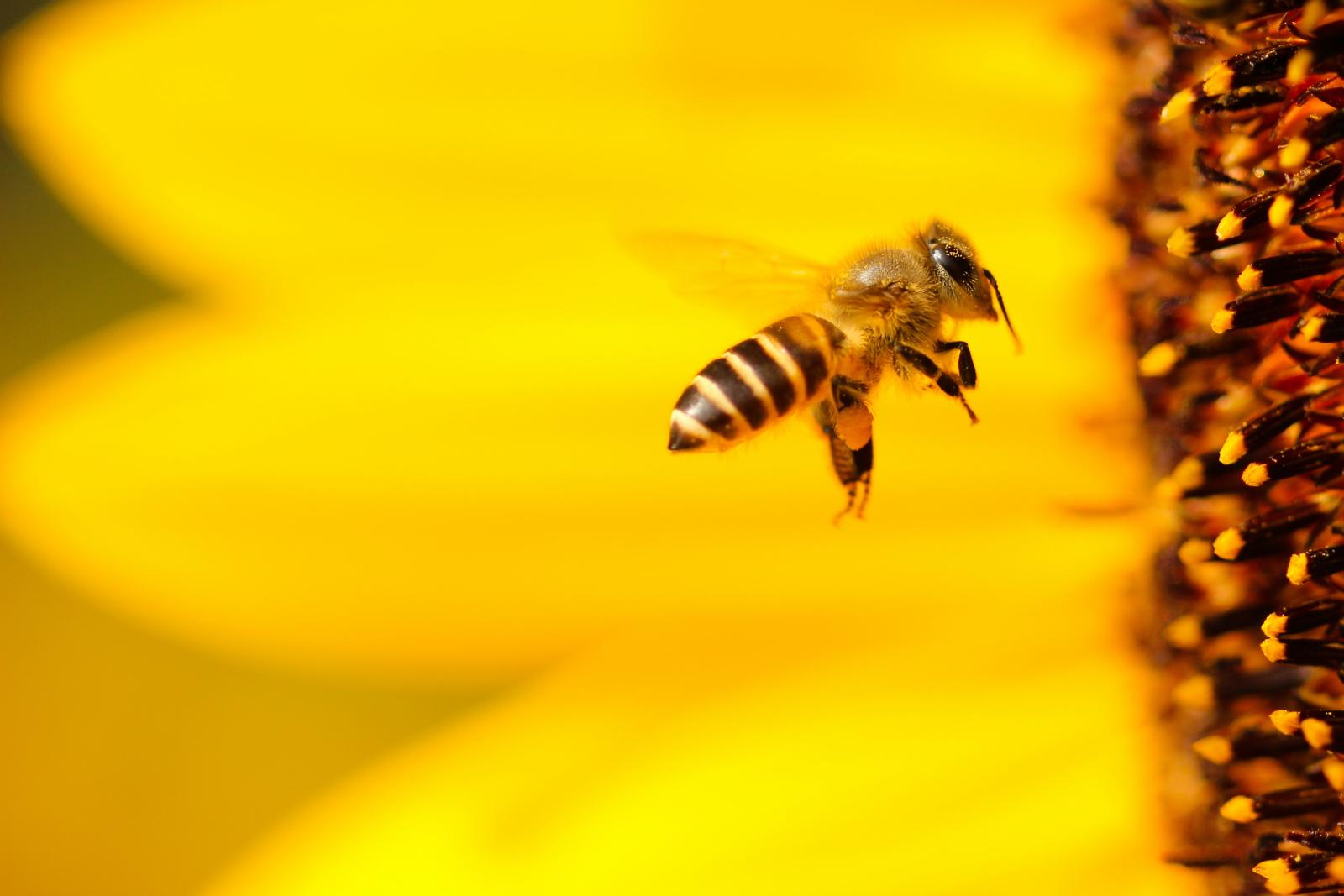Dietary micronutrient deficiencies, such as the lack of vitamin A, iodine, iron or zinc, are a major source of morbidity (increased susceptibility to disease) and mortality worldwide. These deficiencies affect particularly children, impairing their immune system and normal development, causing disease and ultimately death. The best way to avoid micronutrient deficiencies is by way of a varied diet, rich in vegetables, fruits and animal products.
The second best approach, especially for those who cannot afford a balanced diet, is by way of nutrient-dense staple crops. Sweet potatoes, for example, are available as varieties that are either rich or poor in provitamin A. Those producing and accumulating provitamin A (orange-fleshed sweetpotatoes) are called biofortified,* as opposed to the white-fleshed sweet potatoes, which do not accumulate provitamin A. In this case, what needs to be done is to introduce the biofortified varieties to people used to the white-fleshed varieties, as is happening at present in southern Africa by introducing South American varieties of orange-fleshed sweetpotatoes.
Unfortunately, there are no natural provitamin A-containing rice varieties. In rice-based societies, the absence of ß-carotene in rice grains manifests itself in a marked incidence of blindness and susceptibility to disease, leading to an increased incidence of premature death of small children, the weakest link in the chain.
Rice plants produce ß-carotene (provitamin A) in green tissues but not in the endosperm (the edible part of the seed). The outer coat of the dehusked grains—the so-called aleurone layer—contains a number of valuable nutrients, e.g. vitamin B and nutritious fats, but no provitamin A. These nutrients are lost with the bran fraction in the process of milling and polishing. While it would be desirable to keep those nutrients with the grain, the fatty components are affected by oxidative processes that make the grain turn rancid when exposed to air. Thus, unprocessed rice—also known as brown rice—is not apt for long-term storage.
Even though all required genes to produce provitamin A are present in the grain, some of them are turned off during development. This is where the idea of the Golden Rice thath me and Peter Beyer (University of Freiburg) had, comes into play: we figured out how to turn on this complex pathway again with a minor intervention.
The shocking fact is that, far from reaching the envisaged Millenium Development Goals, more than 10 million children under the age of five are still dying every year. A high proportion of those children die victims of common diseases that could be prevented through a better nutrition. This number has been equated with a Nutritional Holocaust.
It is unfortunate that the world is not embracing more readily a number of approaches wih the potential to substantially reduce the number of deaths. It has been calculated that the life of 25 percent of those children could be spared by providing them with diets that included crops biofortified with provitamin A (beta-carotene) and zinc. Golden Rice is such a biofortified crop. Those involved in the project are hopeful that in a near future Golden Rice will be growing in farmers' fields and helping to improve the diets of millions of people.
Golden Rice grains are easily recognisable by their yellow to orange colour. The stronger the colour the more ß-carotene. While a yellow rice is still unfamiliar to most of us, it is hoped that the pleasant colour will help promote its adoption. Would you believe that once upon a time carrots were white or purple? Orange-coloured carrots are the product of a mutation selected by a Dutch horticulturist a few hundred years ago, because it was the colour of the Dutch Royal House of Orange-Nassau!
Bibliography
1-Welch RM and Graham RD (2004) Breeding for micronutrients in staple food crops from a human nutrition perspective. J Exp Bot 55:353-364.



